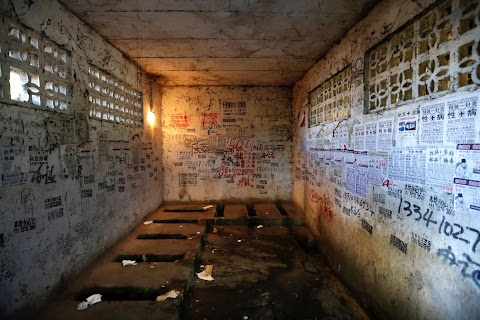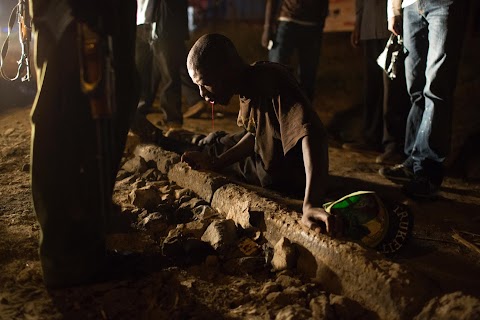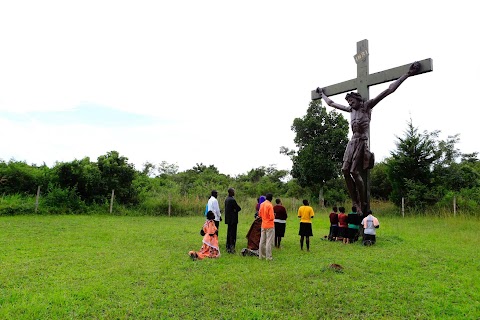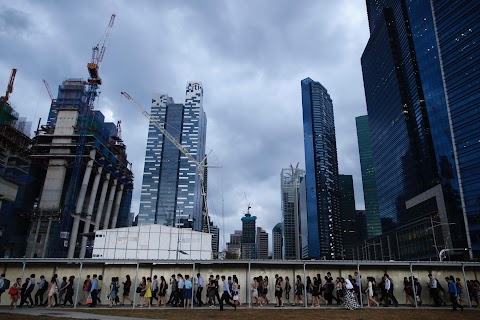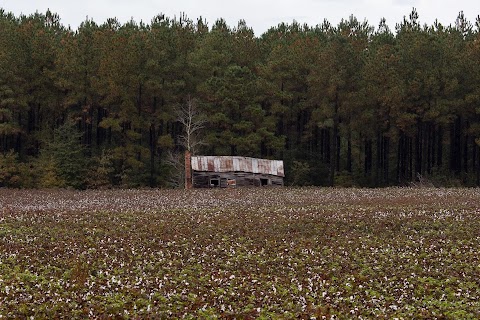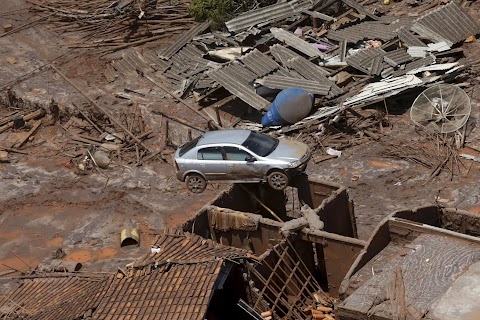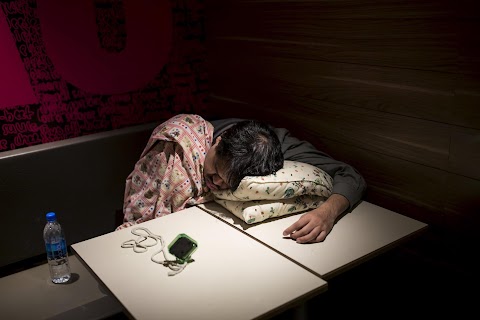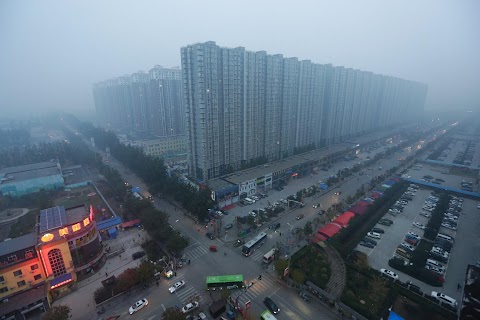
Earthprints: Beijing
The commute for millions of people living in and around Beijing is a daily grind that is ever more time-consuming, costly and crowded as residents dodge, push and elbow their way onto buses and subways.
And there is no immediate relief in sight in a city that has more than 21 million residents and is growing fast.
Indeed, expansion over the next 15 years will put the Chinese capital at the centre of a new mega-city, as it integrates with the port city of Tianjin and neighbouring Hebei province, officials say. Current estimates of the population in the combined area is around 110 million.
Story
By the time it is completed, the Beijing-Tianjin-Hebei project will span 212,000 square kilometres, or more than twice the size of South Korea.
Infrastructure has not yet caught up with the population growth - rail lines and highways are still under construction and road traffic is often gridlocked.
Given the existing commuter woes in Beijing, some critics are raising questions about urban sprawl and the potential environmental impact of the megacity.
Traffic jams in and around Beijing have become notorious, including one in 2010 that stretched 100 km.





Story
The ‘Earthprints’ series are multimedia stories showing dramatic human impact on the planet in the last 30 years. Released ahead of the UN Climate Conference COP21: Singapore, Cancun, Rio Pardo, Lake Nakuru, Aletsch Glacier, Andasol solar power station, Leslie Street Spit, Lake Powell


























